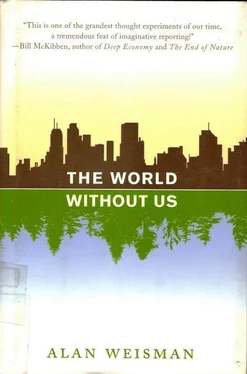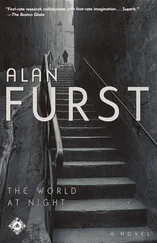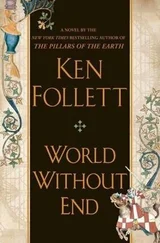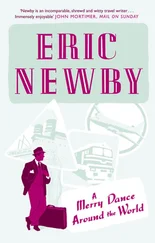The pigeonholes—hundreds of thousands of arched niches hollowed into valley walls and pinnacles—were intended to attract rock doves for exactly the same reason humans in modern cities try to chase their urban cousins away: their copious droppings. So prized was pigeon guano, used here to nourish grapes, potatoes, and famously sweet apricots, that the carved exteriors of many dovecotes bear flourishes as ornate as those found on Cappadocia’s cave churches. This architectural homage to a feathered fellow creature continued until artificial fertilizers reached here in the 1950s. Since then, Cappadocians no longer build them. (Nor do they now build churches. Before the Ottomans converted Turkey to Islam, more than 700 were cut into Cappadocia’s plateaus and mountainsides.)
Much of today’s most expensive real estate here consists of luxury homes carved into tuff, with bas-relief exteriors as pretentious as the facades of mansions anywhere, and with mountainside views to match. Former churches have been recast into mosques; the muezzin call to evening devotion, resounding among Cappadocia’s slick tuff walls and spires, is like a congregation of mountains praying.
One distant day, these man-made caves—and even natural ones, of stone much harder than volcanic tuff—will wear away. In Cappadocia, however, the stamp of humanity’s passage will linger beyond our other traces, because here humans have not only ensconced themselves in plateau walls, but also beneath the plains. Deep beneath. Should the Earth’s poles shift and sheet glaciers one day muscle their way across central Turkey, flattening whatever man-made structures still stand in their way, here they will only scratch our surface.
No one knows how many underground cities lie beneath Cappadocia. Eight have been discovered, and many smaller villages, but there are doubtless more. The biggest, Derinkuyu, wasn’t discovered until 1965, when a resident cleaning a back room of his cave house broke through a wall and discovered behind it a room that he’d never seen, which led to still another, and another. Eventually, spelunking archaeologists found a maze of connecting chambers that descended at least 18 stories and 280 feet beneath the surface, ample enough to hold 30,000 people—and much remains to be excavated. One tunnel, wide enough for three people walking abreast, connects to another underground town six miles away. Other passages suggest that at one time all of Cappadocia, above and below the ground, was linked by a hidden network. Many still use the tunnels of this ancient subway as cellar storerooms.
Unlike a river canyon, the earliest segments here are nearest the surface. Some believe the first builders were the Hittites of biblical times, who burrowed underground to hide from marauding Phrygians. Murat Ertuğrul Gülyaz, an archaeologist at Cappadocia’s Nevşehir Museum, agrees that Hittites lived here, but doubts they were the first.
Gülyaz, a proud native with a moustache thick as a fine Turkish rug, worked on the excavation of Aşikli Höyük, a small Cappadocian mound containing the remains of a settlement even older than Çatal Höyük. Among the relics there were 10,000-year-old stone axes and obsidian tools capable of cutting tuff. “The underground cities are prehistoric,” he declares. That, he says, explains the crudeness of the upper chambers, compared to the precision of the rectangular floors below. “Later, every-one who appeared kept going deeper.”
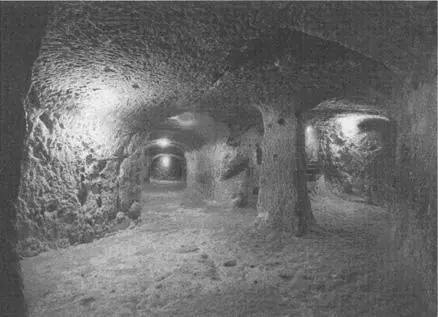
Underground city, Derinkuyu, Cappadocia, Turkey.
PHOTO BY MURAT ERTUGRUL GÜLYAZ.
It’s as if they couldn’t stop, one conquering culture after another realizing the benefit of a hidden, sub-surface world. The underground cities were lit by torches, or often, Gülyaz discovered, by linseed oil lamps, which also gave enough heat to keep temperatures pleasant. Temperature was probably what first inspired humans to dig them, for winter shelter. But as successive waves of Hittites, Assyrians, Romans, Persians, Byzantines, Seljuk Turks, and Christians discovered these dens and warrens, they widened and deepened them for one principal reason: defense. The last two even expanded the original upper chambers enough to stable their horses underground.
The smell of tuff that permeates Cappadocia—cool, clayish, with a menthol tang—intensifies below. Its versatile nature allowed niches to be scooped where lamplight was needed, yet tuff is strong enough that Turkey considered using these nether cities as bomb shelters had the 1990 Persian Gulf War spread.
In the underground city of Derinkuyu, the floor below the stables held fodder bins for livestock. Next down was a communal kitchen, with earthen ovens placed below holes in nine-foot ceilings that, via offset rock tubes, channeled smoke to chimneys two kilometers away, so that enemies wouldn’t know where they were. For the same reason, ventilation shafts were also engineered on the skew.
Copious storage space and thousands of earthenware jars and urns suggest that thousands of people spent months down here without seeing the sun. Through vertical communication shafts, it was possible to speak to another person on any level. Underground wells provided their water; underground drains prevented flooding. Some water was routed through tuff conduits to underground wineries and breweries, equipped with tuff fermentation vats and basalt grinding wheels.
These beverages were probably essential for calming the claustrophobia induced by passing between levels via staircases so intentionally low, tight, and serpentine that any invaders had to proceed slowly, bent over, and in single file. Emerging one by one, they would be easily slain—if they got that far. Stairways and ramps had landings every 10 meters, with Stone Age pocket doors—half-ton, floor-to-ceiling stone wheels—that could be rolled in place to seal a passage. Trapped between a pair of these, intruders would soon notice that holes overhead weren’t air shafts, but pipes for bathing them with hot oil.
Another three floors below this underworld fortress, a room with a vaulted ceiling and benches facing a stone lectern was a school. Farther below were multiple levels of living quarters, strung along underground streets that branched and intersected for several square kilometers. They included double alcoves for adults with children, and even playrooms featuring pitch-black tunnels that returned to the same spot.
And farther: eight levels down in Derinkuyu, two large, high-ceilinged spaces join in a cruciform. Although, due to constant humidity, no frescoes or paintings remain, in this church, seventh-century Christians who emigrated from Antioch and Palestine would have prayed and hidden from Arab invaders.
Below it is a tiny, cube-shaped room. It was a temporary tomb, where the dead could be kept until danger passed. As Derinkuyu and the other underground cities passed from hand to hand and civilization to civilization, their citizens always returned to the surface, to bury their own in the soil where food grew under sun and rainfall.
The surface was where they were bred to live and die, but one day when we are long gone, it is the underground cities they built for protection that will defend humanity’s memory, bearing final—albeit hidden—witness to the fact that, once, we were here.
CHAPTER 9

Polymers Are Forever
THE PORT OF Plymouth in southwestern England is no longer listed among the scenic towns of the British Isles, although prior to World War II it would have qualified. During six nights of March and April 1941, Nazi bombs destroyed 75,000 buildings in what is remembered as the Plymouth Blitz. When the annihilated city center was rebuilt, a modern concrete grid was superimposed on Plymouth’s crooked cobbled lanes, burying its medieval past in memory.
Читать дальше
